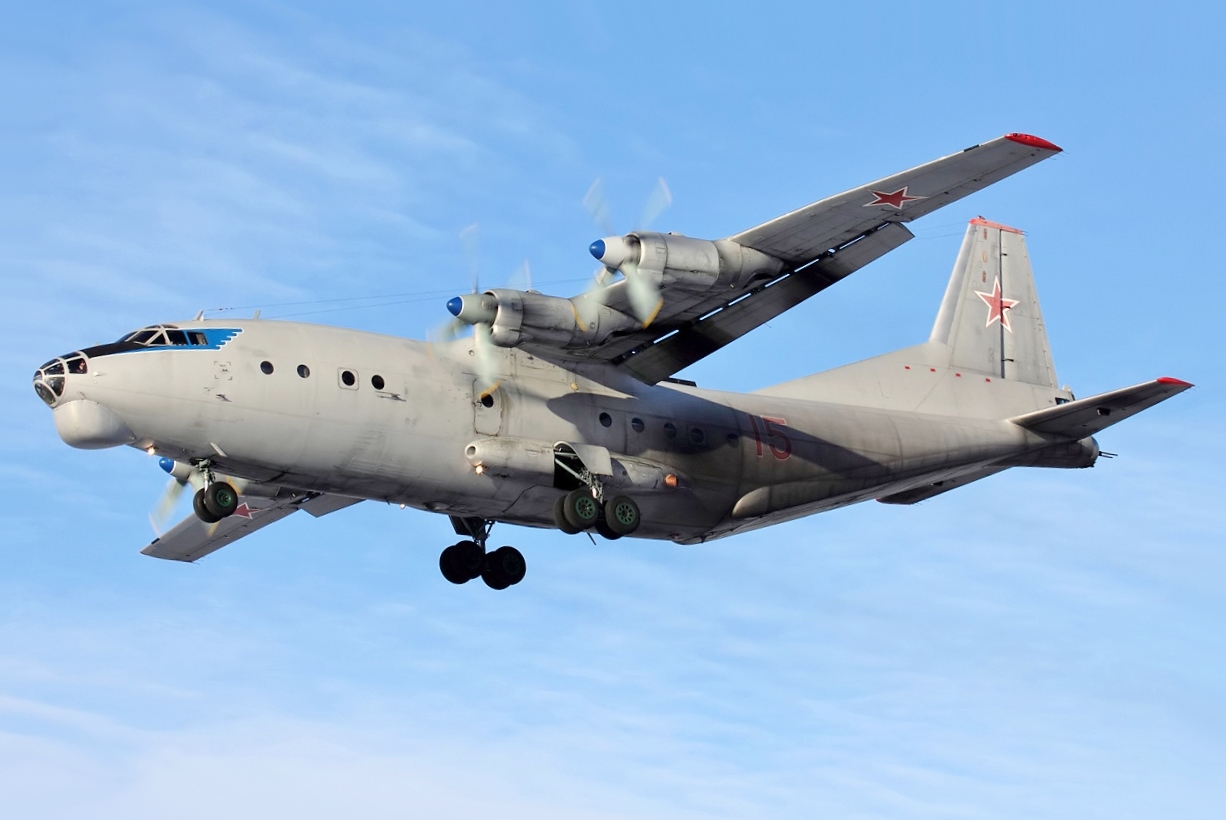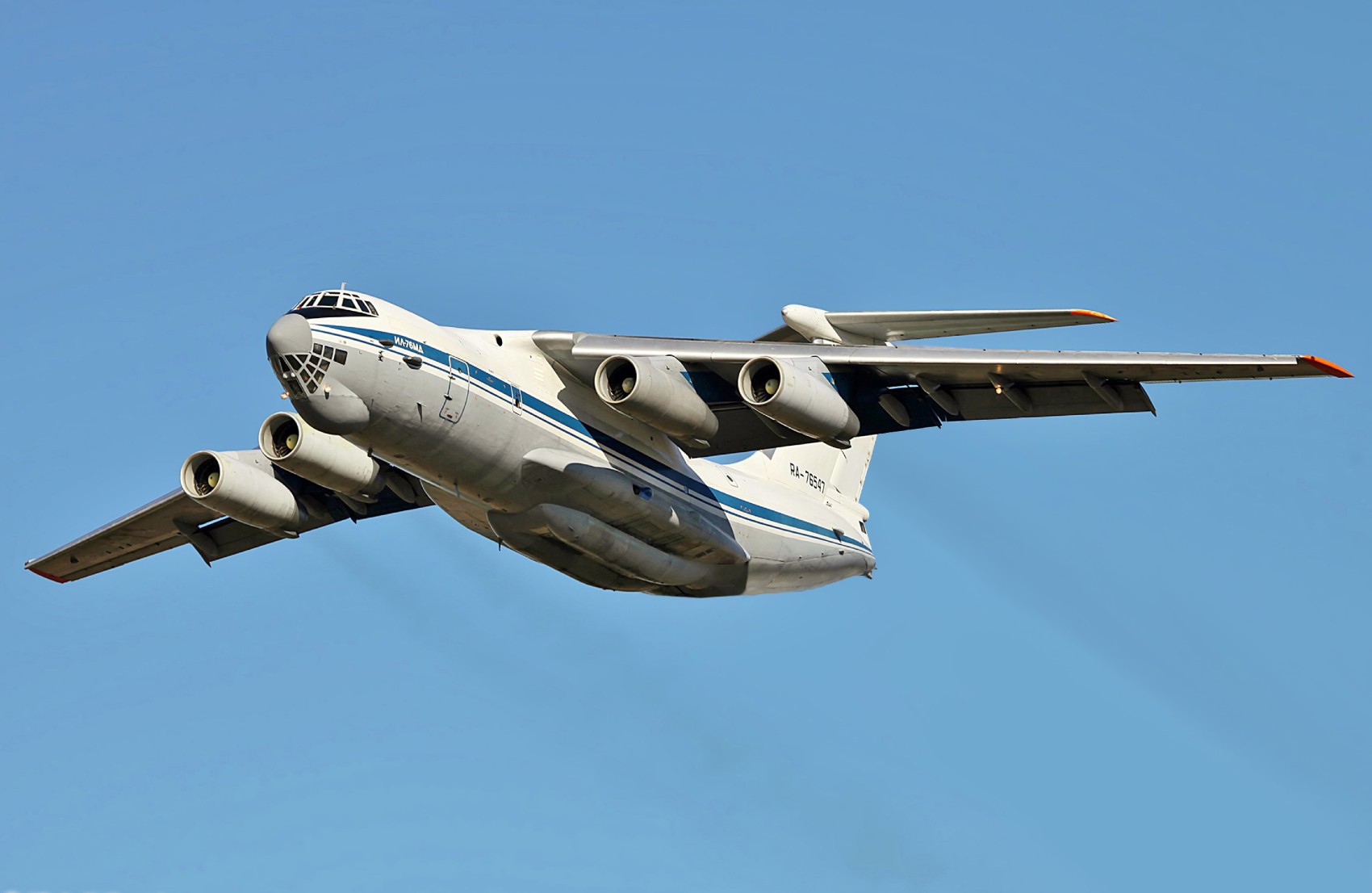India may be among the select prominent air forces in the world which operate without bombers. But many would be surprised to know that India once operated ‘heavy bombers,’ which unleashed havoc in Pakistan during the 1971 war.
The ‘Mighty Jets’ Squadron of the Indian Air Force, which operated these bombers in the 1960s & 1970s, celebrated its diamond jubilee year last month. This Squadron is fully heavy-lift and comprises Russian IL-76 and US C-17 Globemaster aircraft.
Interestingly, for the first time, IAF conducted a bilateral exercise in which bombers arrived in India. US B1B bombers landed at Kalaikunda air base of IAF to participate in bilateral air exercise Cope-India 23, which concluded on Monday (13-24 April).
The 44 Squadron (Sqn) of the IAF is celebrating its Diamond Jubilee this year at its home base in Chandigarh. Raised on April 6, 1961, the “rich and glorious history of the Sqn is a kaleidoscope of military history and military diplomacy of modern-day India and filled with tales of fortitude, courage, daring, devotion and professionalism which encapsulates all that the Indian Air Force stands for,” said Wing Commander Indranil Nandi, PRO, MoD (Palam).
On April 1961, AN-12 military transport aircraft of the USSR (Russia) were inducted for the first time in the 44 Squadron.
The Squadron was involved in ‘Operation Snow Leopard’ launched by the Indian Army against the Chinese PLA Army in Eastern Ladakh in 2020 when China attempted intrusion and violated the sanctity of the Line of Actual Control (LAC).
In a swift operation, the Squadron reinforced the Indian Army by taking soldiers, tanks, ICVs, military vehicles, and other military hardware in the cold deserts of Leh-Ladakh.
This was not the first time the 44 Squadron helped the Indian Army in the logistic supply against China. In the second year of its raising, i.e., during the 1962 war with China, the An-12 aircraft was pitched to supply AMX tanks to Chushul and Aksai Chin beside the soldiers, rations, weapons, and other supplies.
Since India had suffered considerable losses in the war, many mortal remains of Indian soldiers were also evacuated from DBO, Finger Area, and Chushul area by these An-12 aircraft via various landslips in the nearby areas.
But these An-12 jets were converted from military transport aircraft to ‘Heavy Bombers’ during the 1965 war with Pakistan and later in the 1971 war.
In 1965 operations, the Squadron carried out extensive tactical and limited strategic airlifts in the Western Sector. After the conflict, the need for a strategic bomber was felt, and extensive training was imparted to the aircrew in their special role as ‘heavy bombers.’
“The project started under the stewardship of (then) Air Marshal Arjan Singh DFC, who was the Chief of Air Staff (CAS). Aircrew base trained systematically to fly and navigate at low levels by night. The 35mm turret gun at the rear was activated, and the rear warning radar was refitted.
“The An-12 was thus modified for bombing roles,” said an officer of the 44 Squadron, which celebrated its diamond jubilee celebration on April 22. Arjan Singh later became the Marshal of the Indian Air Force, a 5-star rank military commander.
An-12 aircraft were effectively used in bombing missions during the 1971 war against Pakistan. The Squadron undertook the first mission to the Changa Manga forest ammunition depot on the first day of the war, wherein six aircraft formations carried 20×500 lbs bombs.

The next target was the major artillery build-up around the strategically located Haji Pir pass. Again a Pakistani Brigade was completely wiped out by the bombing, which had tilted the balance in India’s favor.
Other Pakistani targets that the Squadron attacked included the 18 Div HQ of Pakistani Army at Fort Abbas, Suleimanke Headworks, military installations at Bahawalnagar, railway marshaling yard at Rohri, and Sui Gas Plant in Sindh. The An-12 did the last bombing mission on December 17 (1971) at Skardu Airfield.
The 44 Squadron remains the only non-fighter/bomber Squadron to receive the Battle Honours for 1971 Ops in the IAF. Wing Commander Vashisht, who led the An-12 bombers in the 1971 war, was conferred with the Maha Vir Chakra, India’s second-highest bravery award.
That was the last time India operated heavy bombers as An-12 phased out in the mid-80s, and they were replaced by IL-76, better known as ‘Gajraj’ (Elephant). IL-76 Gajraj could carry a heavy load of up to 60 tons, leading the Squadron to be renamed ‘Mighty Jets.’ A ‘flight’ of the US heavy lift transport aircraft C-17 ‘Globemaster’ was recently added to the 44 Squadron.
Besides AN-12s, IAF had a separate squadron of bombers during the 1965 & 1971 wars, which included British-origin Canberra. These Canberras were inducted into IAF in the mid-50s and were stationed at Agra. The last Canberra retired in 2007 though they were last pressed into action during the Kargil War (1999) for reconnaissance missions.
Since then, India hasn’t had any bombers though all three major air forces in the world, the US, Russia, and China, have such heavy (strategic) bombers. IAF is the fourth largest air force in the world but has only fighter jets.
The 44 Squadron proved its mettle during the corona pandemic when aircraft flew as far as Singapore and Indonesia to bring Liquid Oxygen, O2 tankers, and other medical supplies. The Squadron undertook transportation of medical personnel, medical supplies, testing equipment, vaccines, liquid oxygen, and other necessary supplies all over the country and abroad.
As per the official IAF records, the Squadron flew for 512 hours in 178 sorties and airlifted a total of 1292 tons of load.
Even during the recent earthquake in Turkey, which claimed nearly 50,000 lives, the 44 Squadron carried NDRF teams and other rescue & relief materials to the devastated country.
In 2020, aircraft of the Squadron evacuated stranded Indians from war-torn Afghanistan. During the Gulf War of the early 90s, the Gajraj jets of the Squadron had flown non-stop for 15 days from the Middle East to evacuate Indians.
During the IPKF mission in Sri Lanka and Operation Cactus in Maldives, the IL-76 aircraft of the Squadron carried army personnel and military platforms in unknown territories.
The Squadron was also at the forefront during HADR missions, including the 2005 Katrina cyclone in the US when IL-76 flew to Little Rock Air Force Base to carry medical and relief material. Again during the Tsunami crisis, the Squadron was actively involved in rescue operations in Andaman & Nicobar Islands.

The Diamond Jubilee celebrations of 44 Squadron were due in 2021 but had to be postponed due to the COVID-19 pandemic, said one officer of the IAF.
“The harbinger of strategic airlift in the IAF, the Squadron has been a part of all major military and HADR initiatives in the recent history of the nation, which not only saw the IAF and the nation evolve from a tactical to a strategic force, but also enhanced the military might of the sister Services,” said Wg Cdr Nandi.
The Squadron assisted in times of need to the citizens of the country and people all around the world, in keeping with the nation’s belief of ‘Vasudhaiva Kutumbakam (the world is one family),’ he added. The Squadron has stayed true to its motto of ‘Ishtam Yatnen Sadhyet,’ which means ‘Achieve goals through perseverance,’ said an official statement of the IAF on the diamond jubilee celebration of the 44 Squadron.
- Neeraj Rajput is a Senior War-journalist with more than two decades of multimedia experience in defense, conflict, security, strategic affairs & geopolitics.
- Please mail us at etdesk (at) eurasiantimes.com
- The author tweets at @neeraj_rajput




